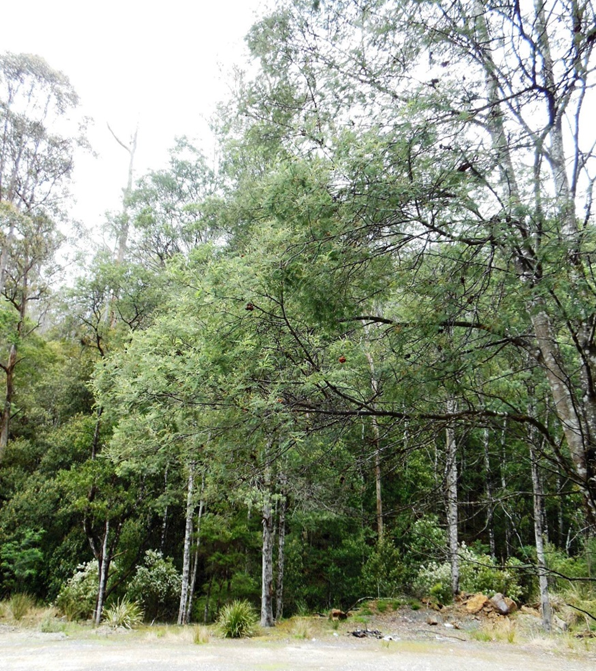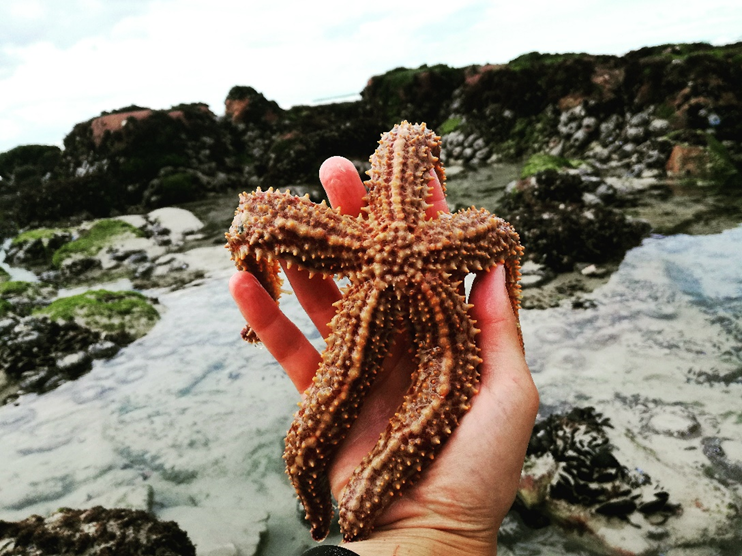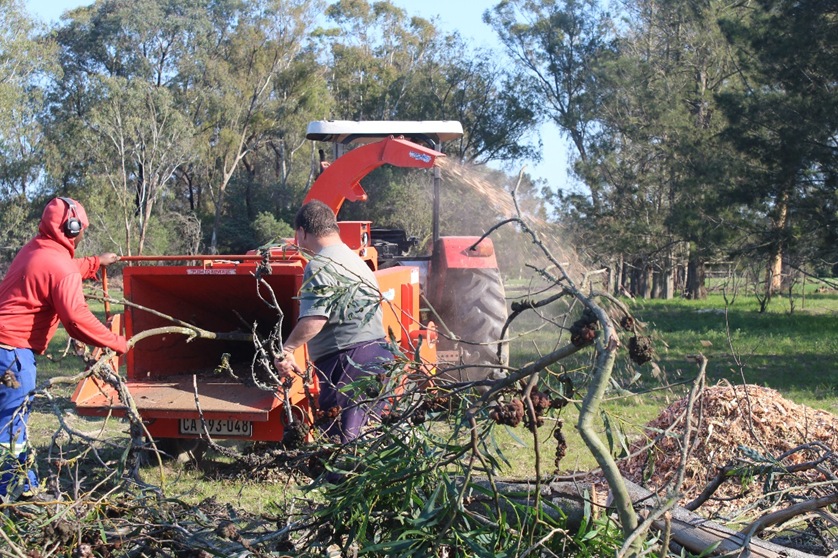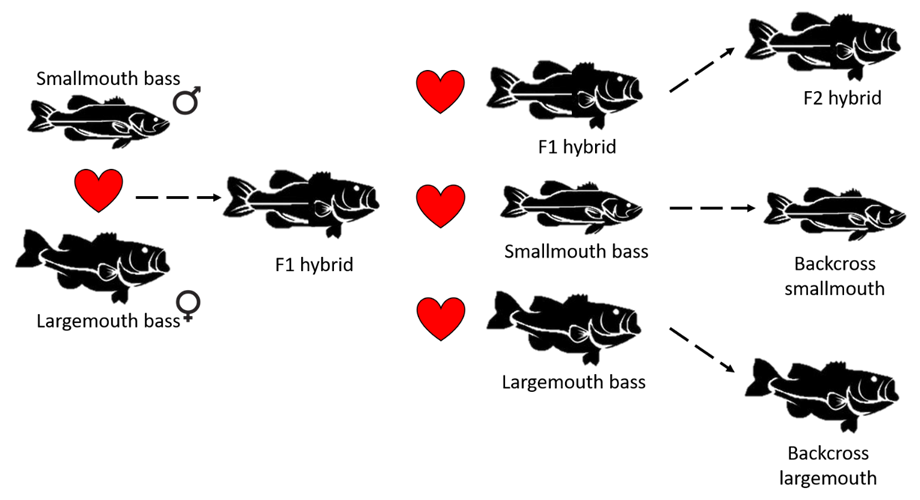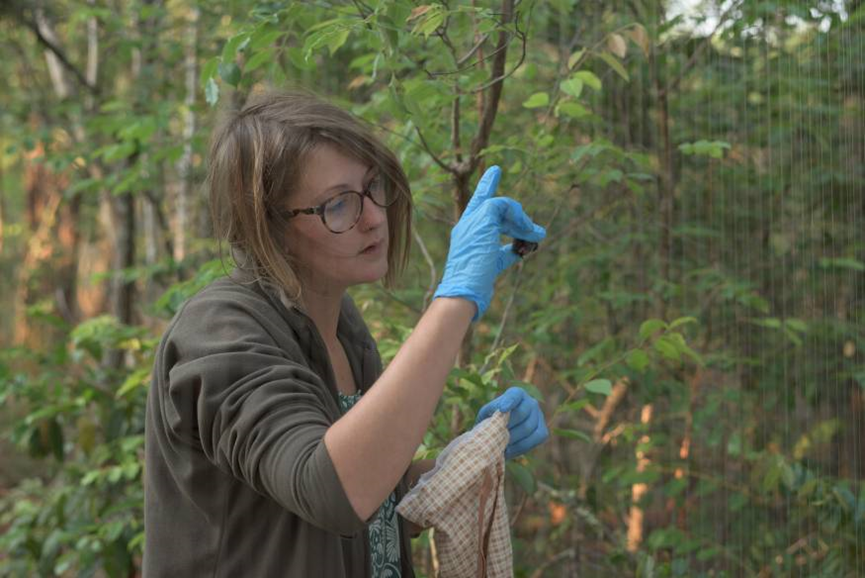Unravelling the genetic structure across the native range of the globally invasive tree silver wattle
In a recent paper published in the journal Tree Genetics & Genomes, C·I·B post-doctoral associate, Heidi Hirsch, and co-authors investigated the genetic structure among the native populations of the Australian tree Acacia dealbata, commonly known as silver wattle.

